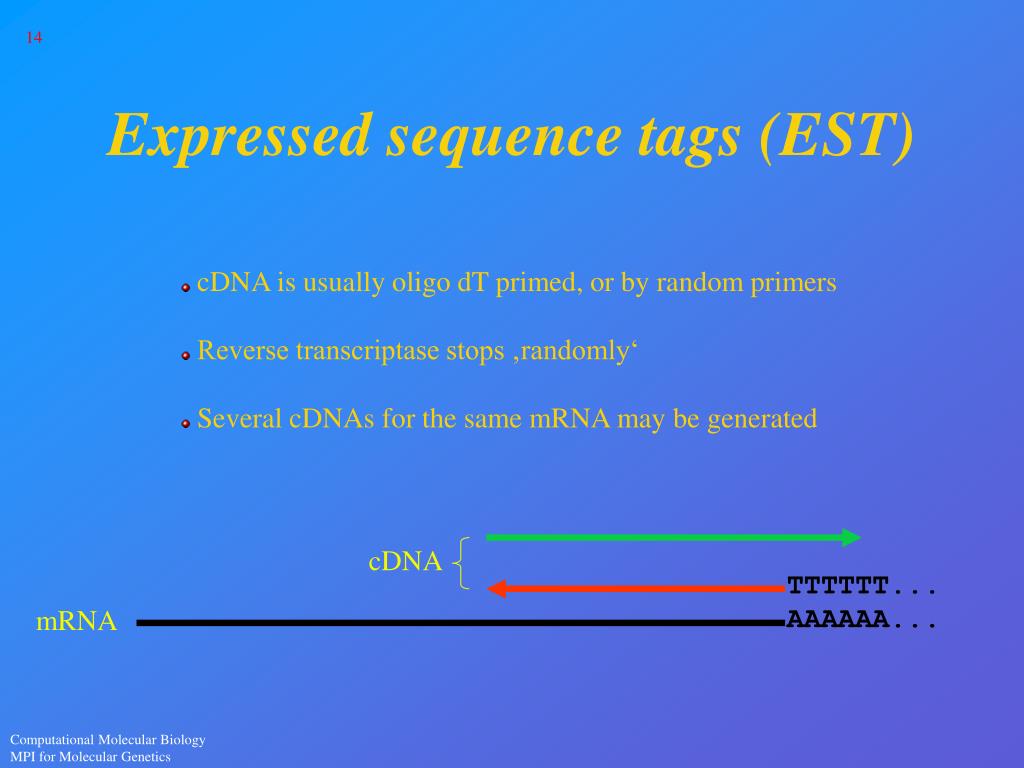

The gene construction algorithm (Xu, Mural and Uberbacher, 1994) uses a dynamic programming approach to build gene models by using as input the clusters predicted by the exon recognition algorithm. The algorithm makes its final prediction by picking the best canadidate from each cluster. The outputs of the neural networks are then divided into clusters of candidates, corresponding to presumed exons.

As the kernel of the recognition algorithm, three neural networks are trained to evaluate the remaining candidates. We are developing new technologies for early detection using the power of next-generation sequencing (NGS), population-scale clinical studies, and state-of-the. Then a rule-based prescreening algorithm eliminates the majority of the improbable candidates. Initially a large number of possible coding exon candidates are generated. In this algorithm, the recognition process is divided into four steps.
#Grail dna sequence analysis windows#
Unlike the original GRAIL system (Uberbacher and Mural, 1991 Mural et al., 1992), this algorithm uses variable-length windows tailored to each potential exon candidate, making its performance almost exon length-independent. The exon recognition algorithm recognizes coding exons by combining coding feature analysis and edge signal (acceptor/donor/translation-start sites) detection. This paper presents the core of GRAIL II, the coding exon recognition and gene model construction algorithms. GRAIL II is a hybrid AI system that supports a number of DNA sequence analysis tools including protein-coding region recognition, PolyA site and transcription promoter recognition, gene model construction, translation to protein, and DNA/protein database searching capabilities.

A new version of the GRAIL system (Uberbacher and Mural, 1991 Mural et al., 1992 Uberbacher et al., 1993), called GRAIL II, has recently been developed (Xu et al., 1994).


 0 kommentar(er)
0 kommentar(er)
